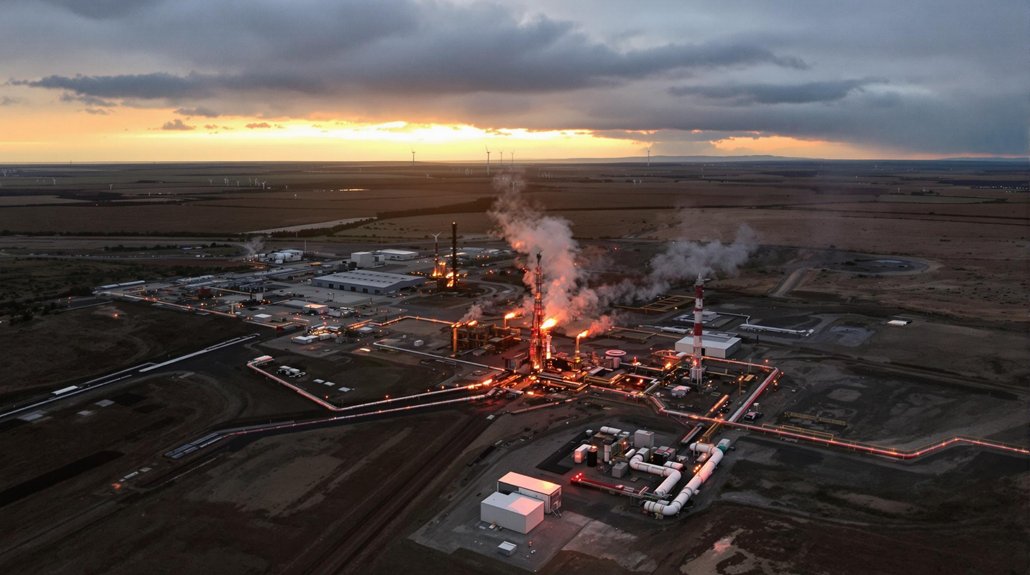Poison lurks beneath the beautiful lands of the Navajo Nation. Over 500 abandoned uranium mines and 1,100 drilling sites scatter across the reservation and northwest New Mexico. Between 1944 and 1986, companies extracted nearly 30 million tons of uranium ore, leaving deadly contamination behind.
The environmental damage is severe. Groundwater shows dangerous contamination levels. Radiation taints homes and water sources. People face serious health risks when they breathe radioactive dust or drink contaminated water. Four inactive uranium mills and many contaminated structures remain on Navajo land.
These toxic sites cause serious health problems. Uranium exposure leads to lung cancer, bone cancer, and kidney damage. Navajo men now live to just 58.8 years on average, while women reach 71.8 years – both much lower than U.S. averages. Cancer rates are higher near mining areas, but the reservation lacks cancer specialists to help sick residents. The Navajo Nation’s population of over 300,000 enrolled tribal members continues to bear these health burdens.
The toxic legacy of uranium extraction continues claiming Navajo lives through cancer and shortened lifespans while medical resources remain scarce.
The uranium industry brought brief economic booms followed by long busts. Today, some cleanup work creates jobs, but the area remains poor. Many families can’t access clean water. Legal battles for compensation drag on for decades. Traditional lands that once supported Navajo culture now sit damaged and unusable.
Cleanup efforts face massive challenges. The EPA has worked since 1994 to assess and clean sites, but funding covers only a portion of the problem. Remote locations and widespread contamination slow progress. While $1.7 billion in settlements prioritizes 230 sites, hundreds more await attention.
Water security presents another crisis. Proposed new uranium mining threatens the drinking water source for up to 15,000 Eastern Navajo residents. Existing contamination already limits access to safe water for people, livestock, and crops. The infamous Church Rock disaster of 1979 resulted in the largest accidental release of radioactive material in U.S. history, with water still unusable decades later.
After decades of uranium extraction, the Navajo Nation continues to pay with its land, water, and health – a toxic legacy that won’t fade without massive investment and commitment to cleanup.
References
- http://news.unm.edu/news/native-communities-hit-hard-by-mining-legacy
- https://serc.carleton.edu/research_education/nativelands/navajo/environmental.html
- https://blog.ucs.org/chanese-forte/us-uranium-mining-legacy-still-harms-the-navajo-nation/
- https://www.epa.gov/navajo-nation-uranium-cleanup/aum-cleanup
- https://www.epa.gov/sites/default/files/2016-06/documents/nn-5-year-plan-june-12.pdf








